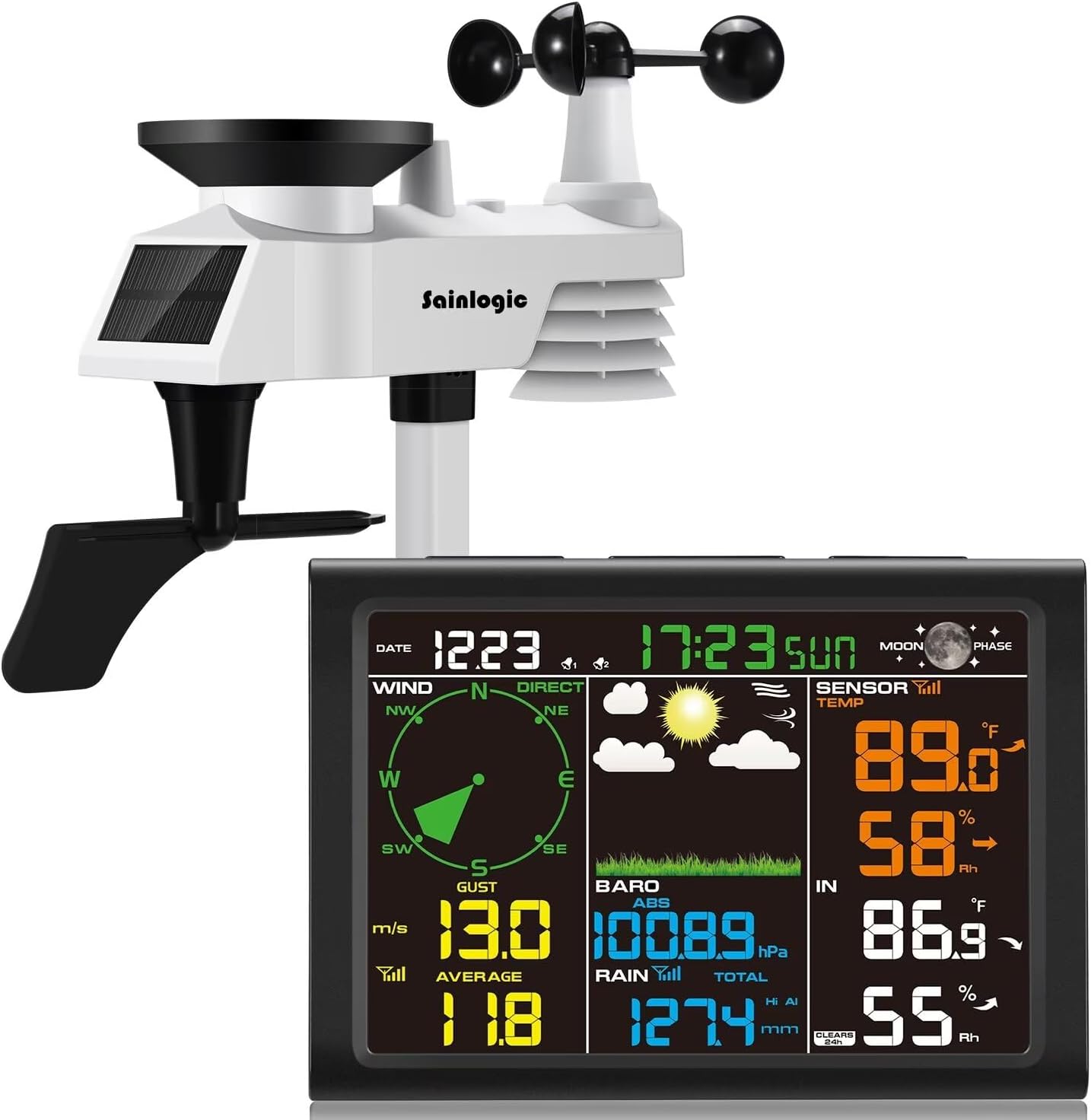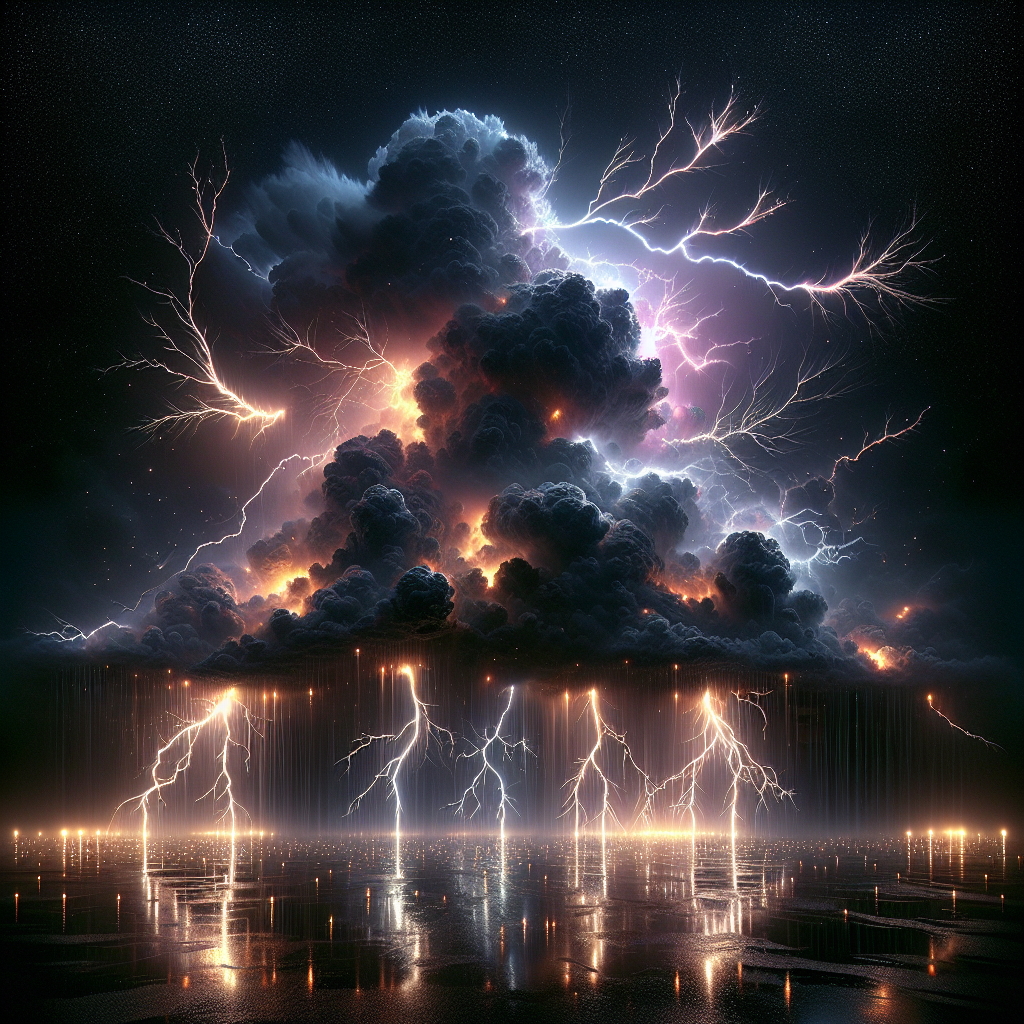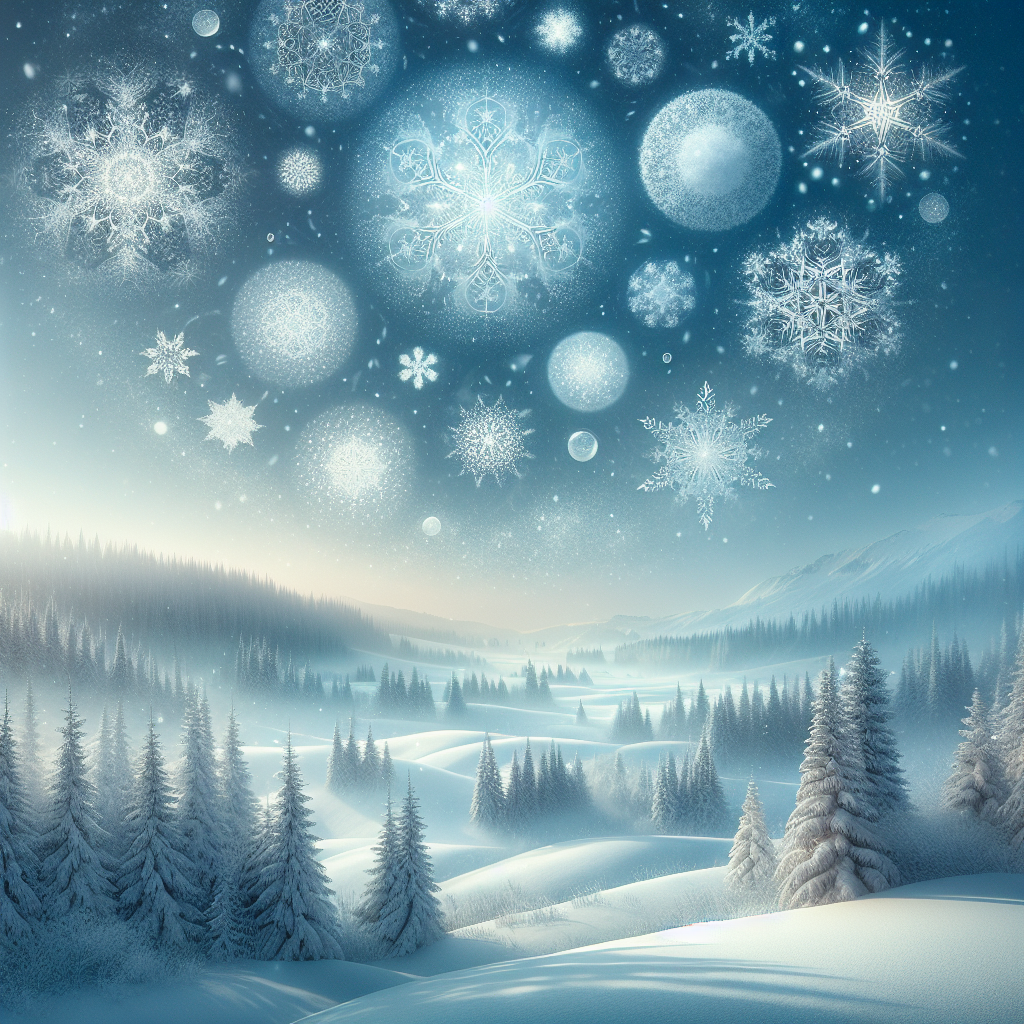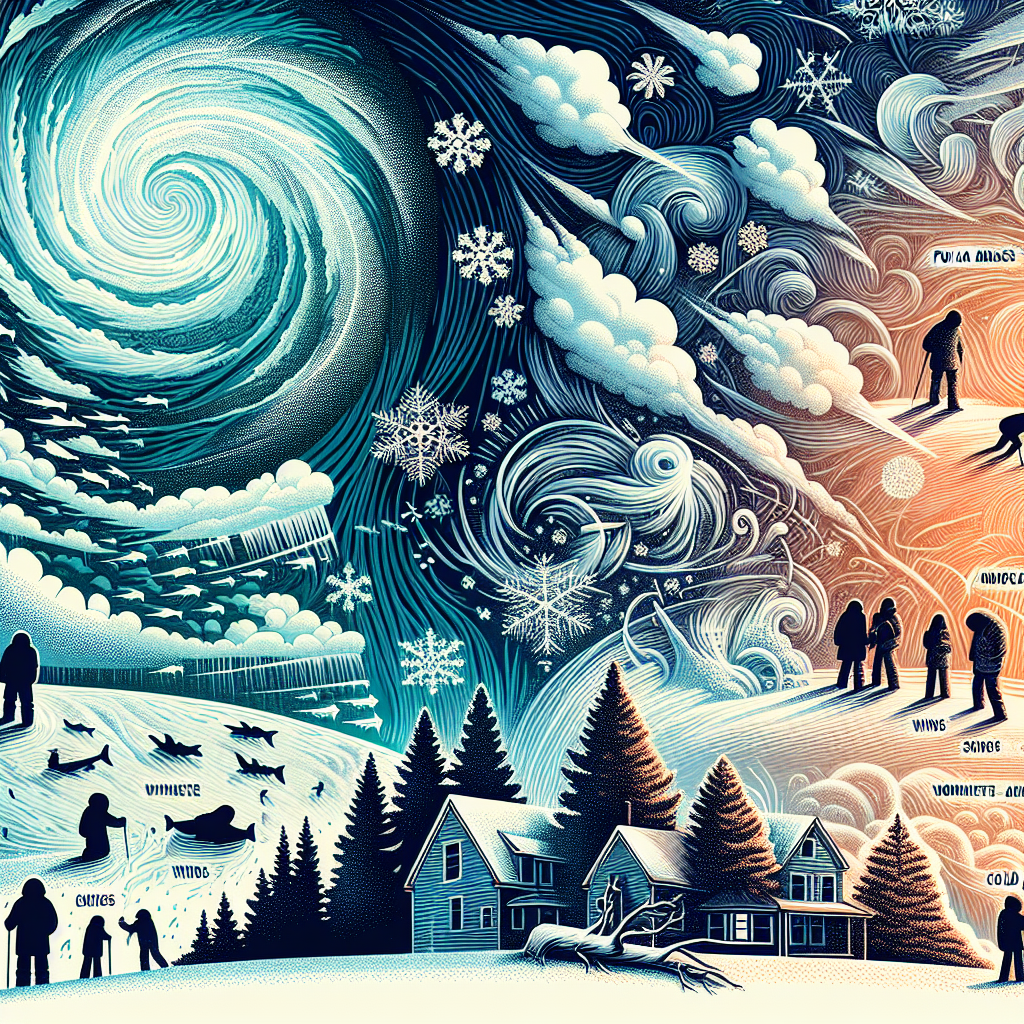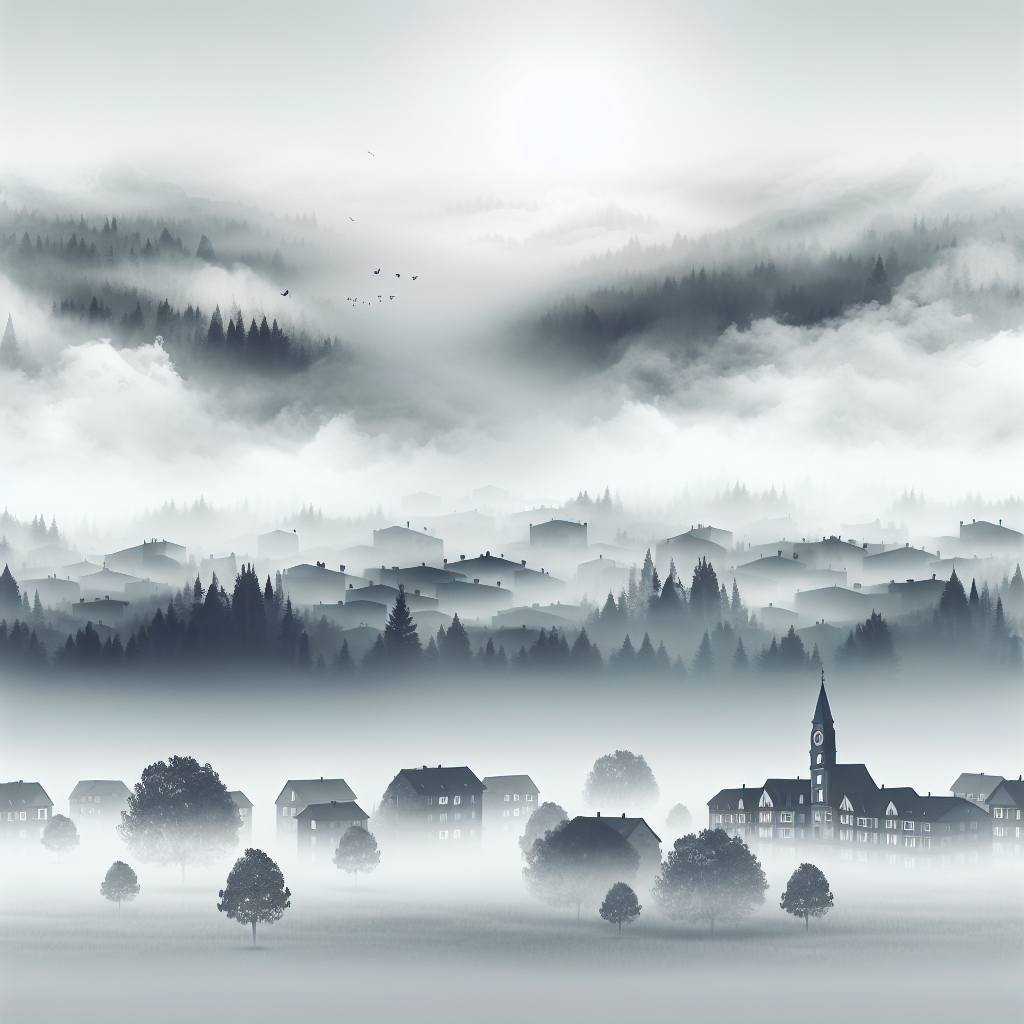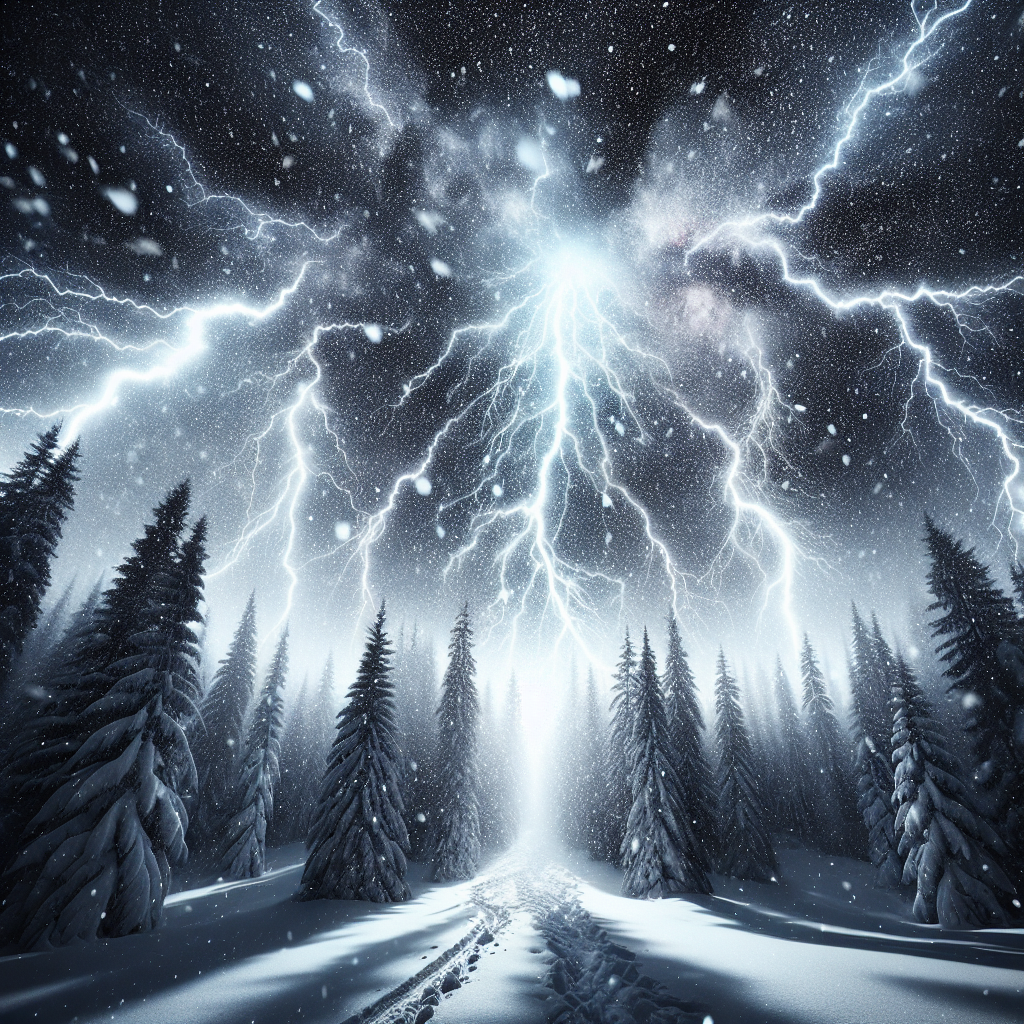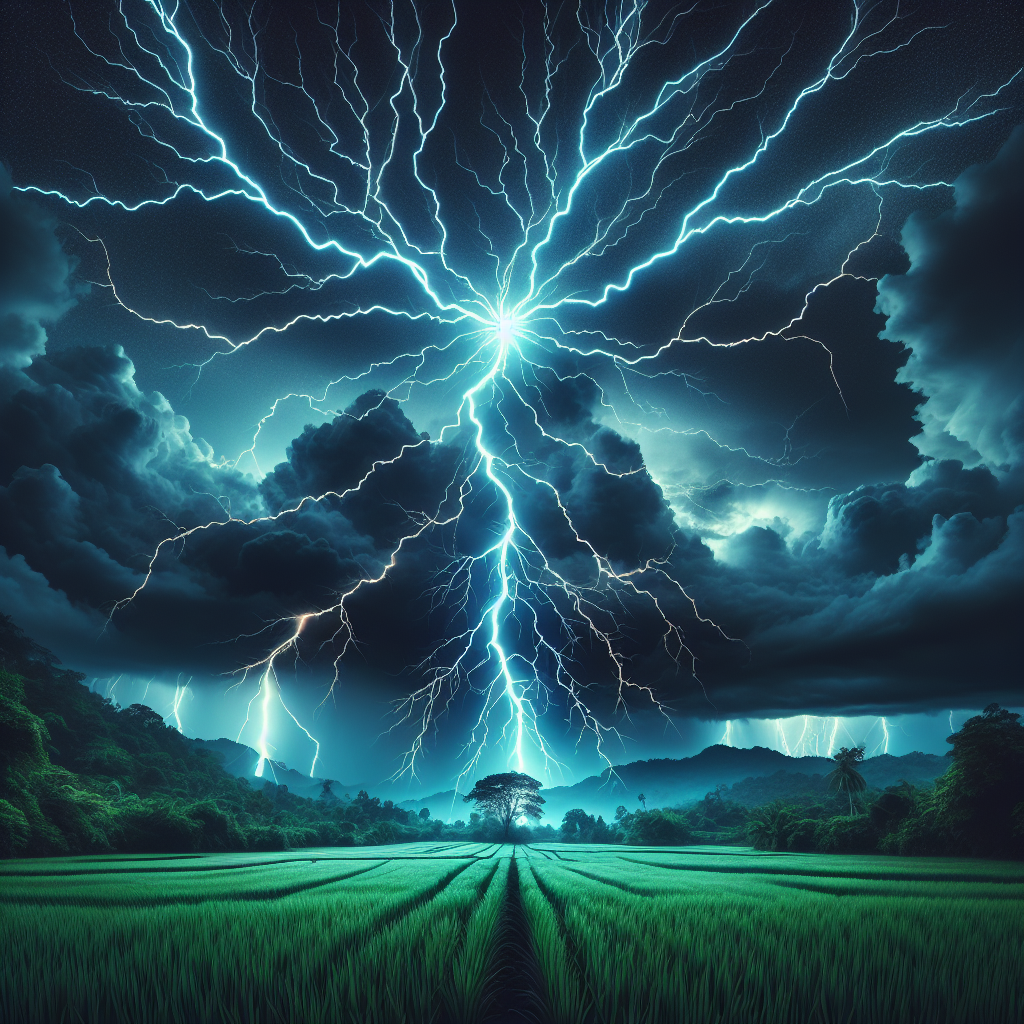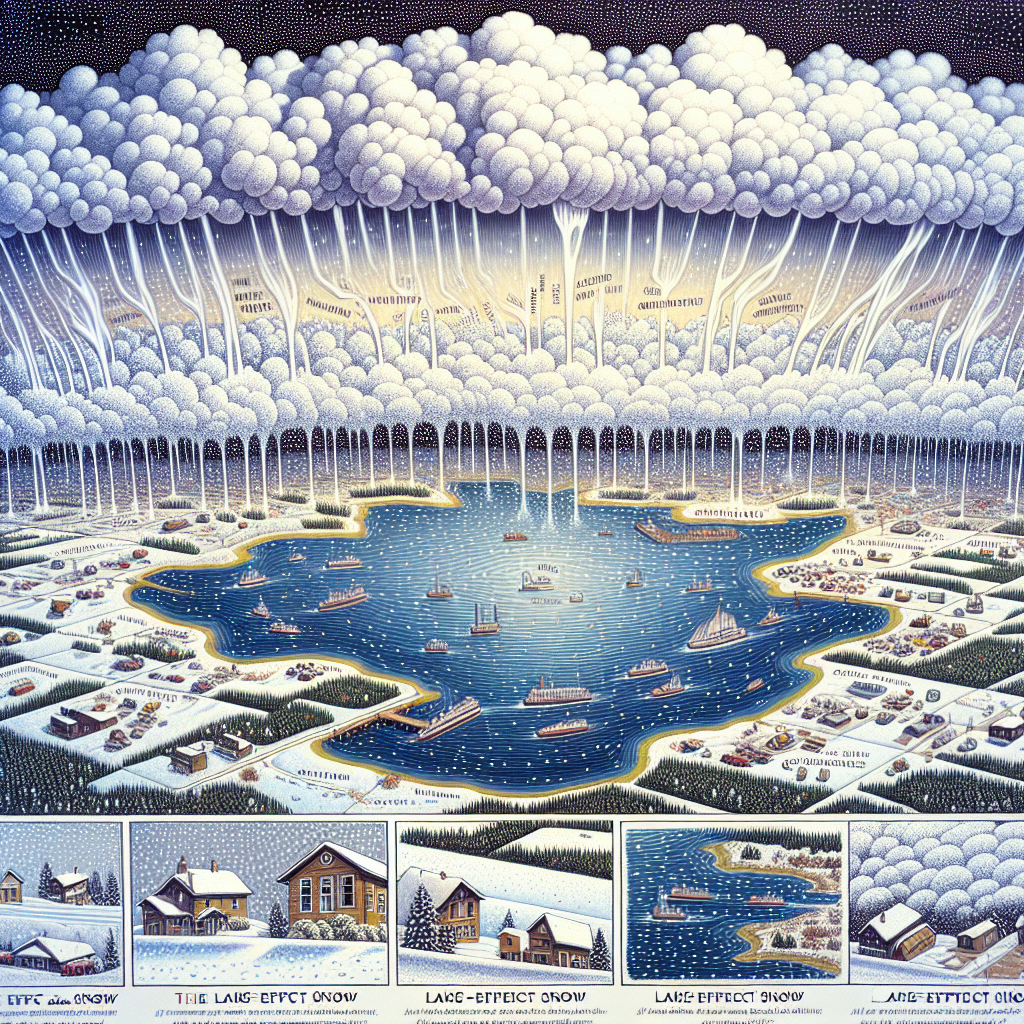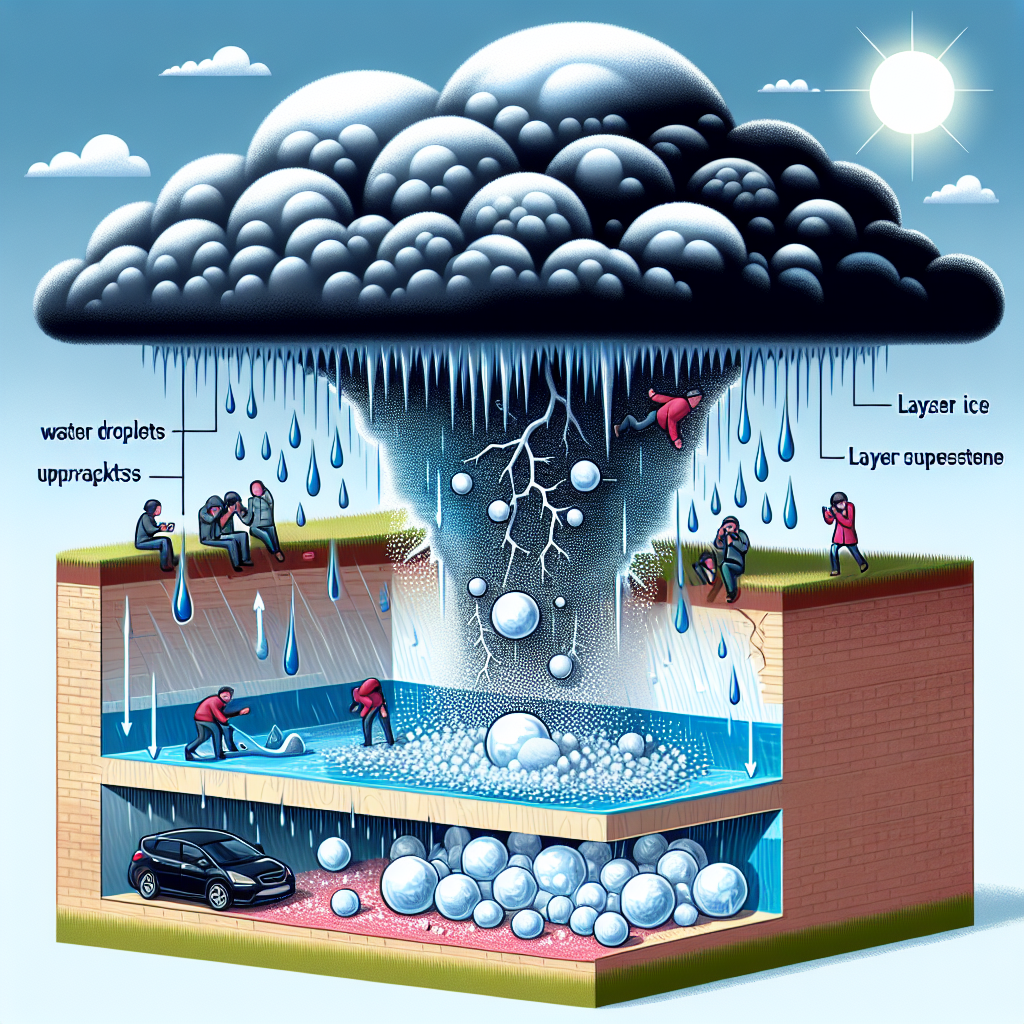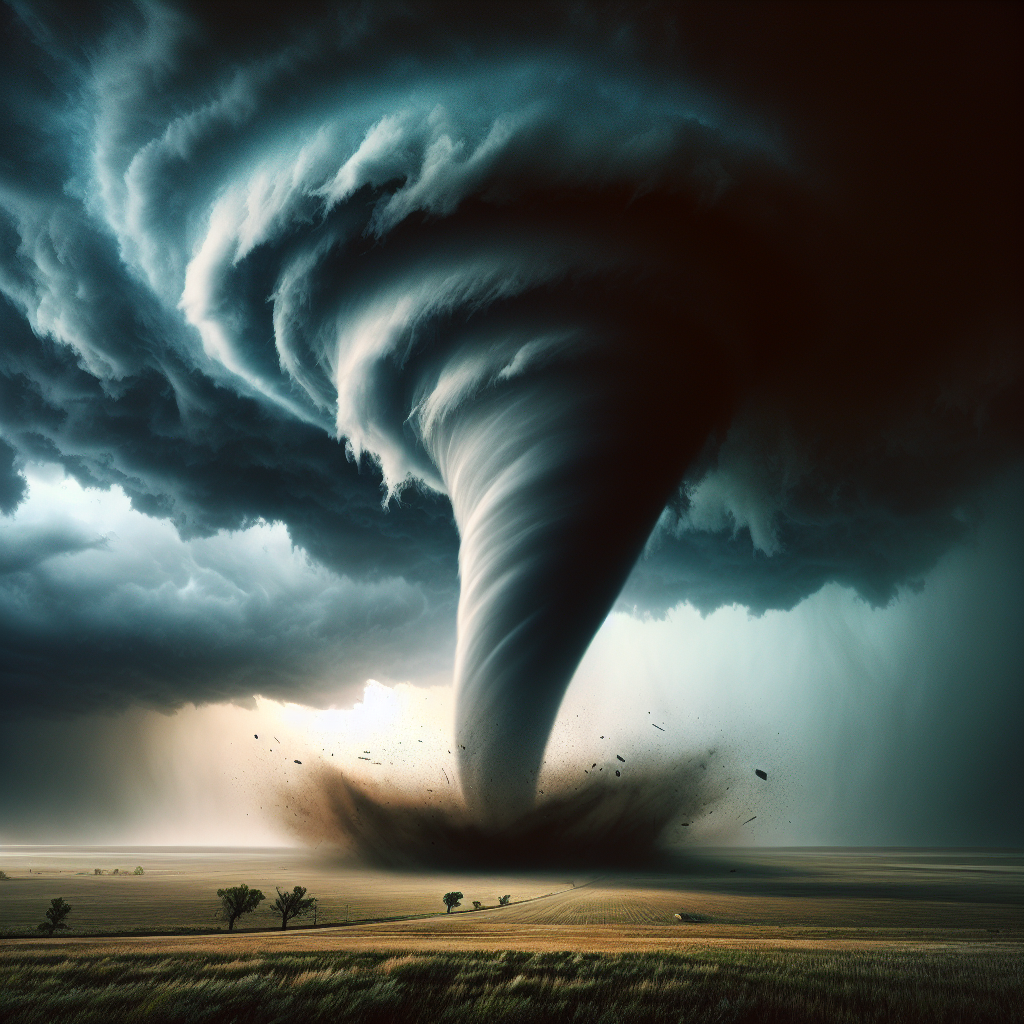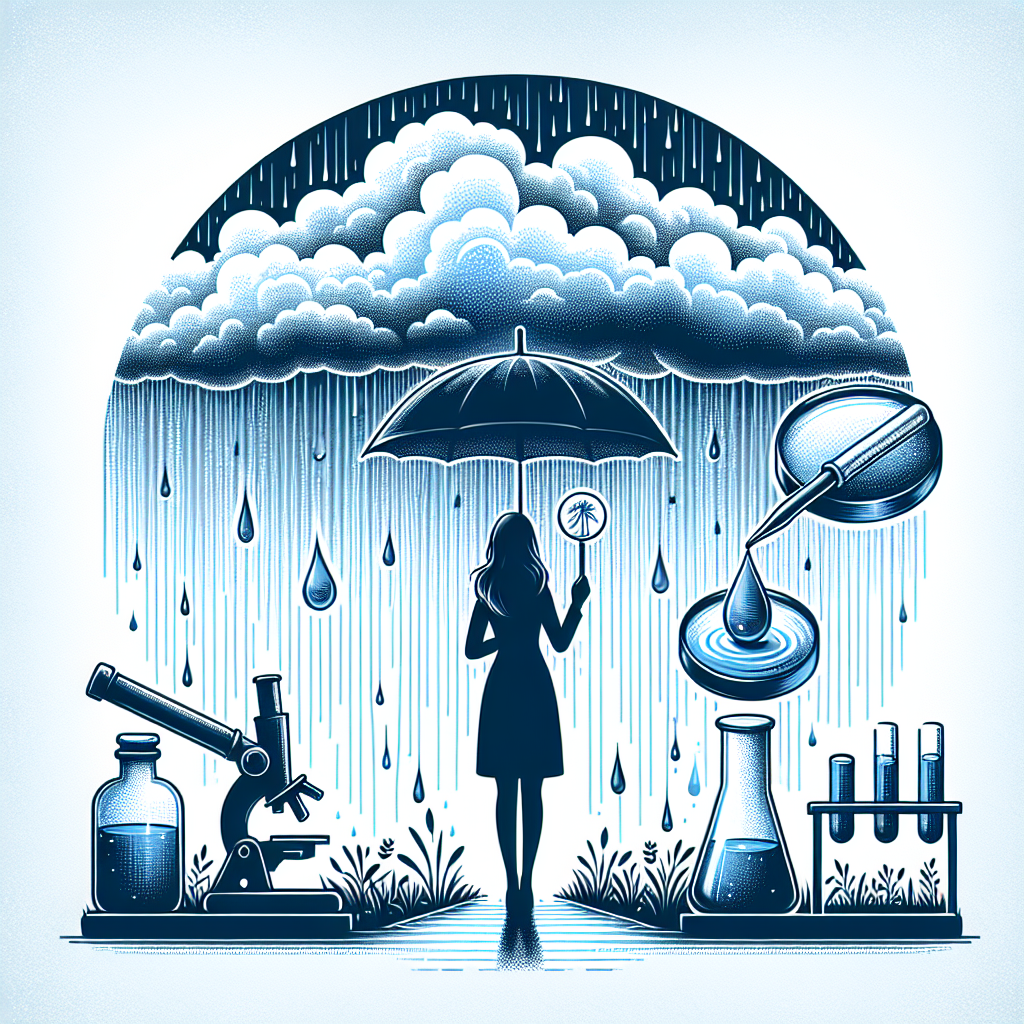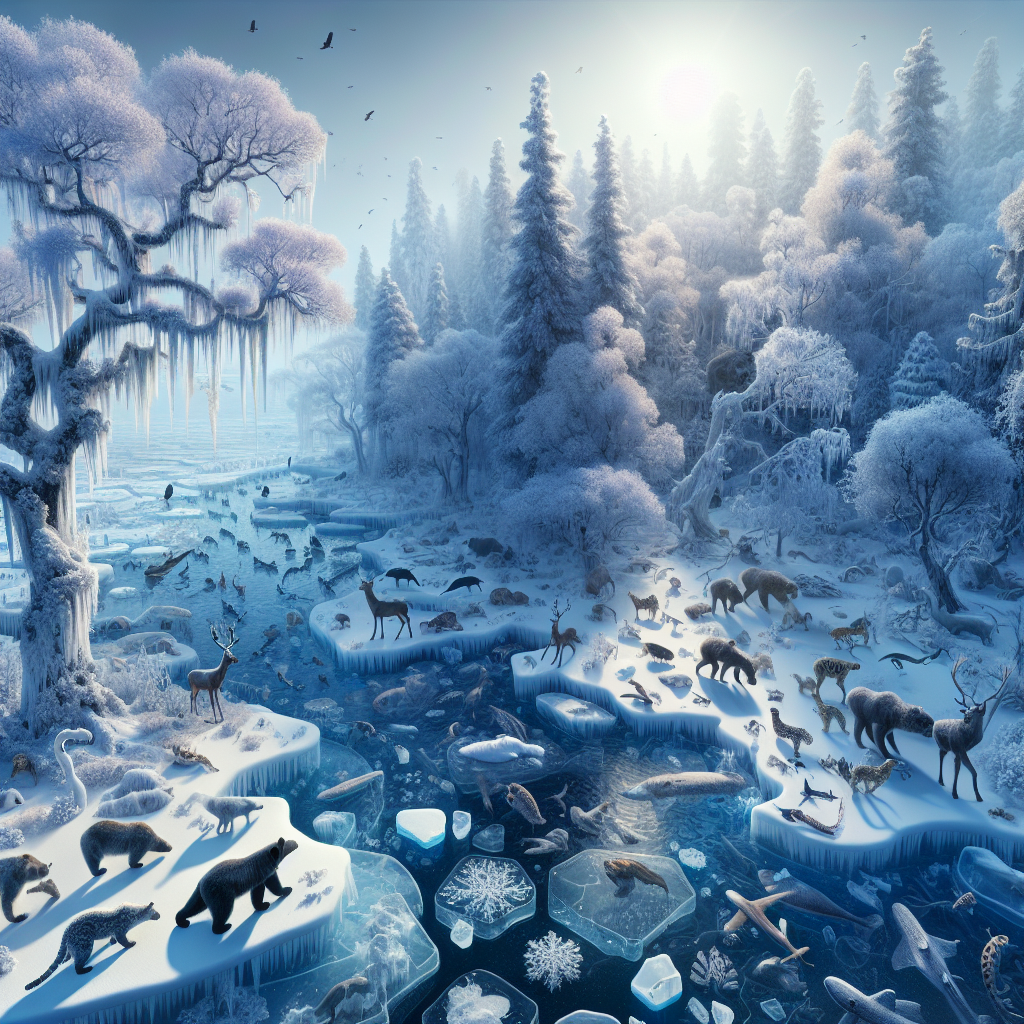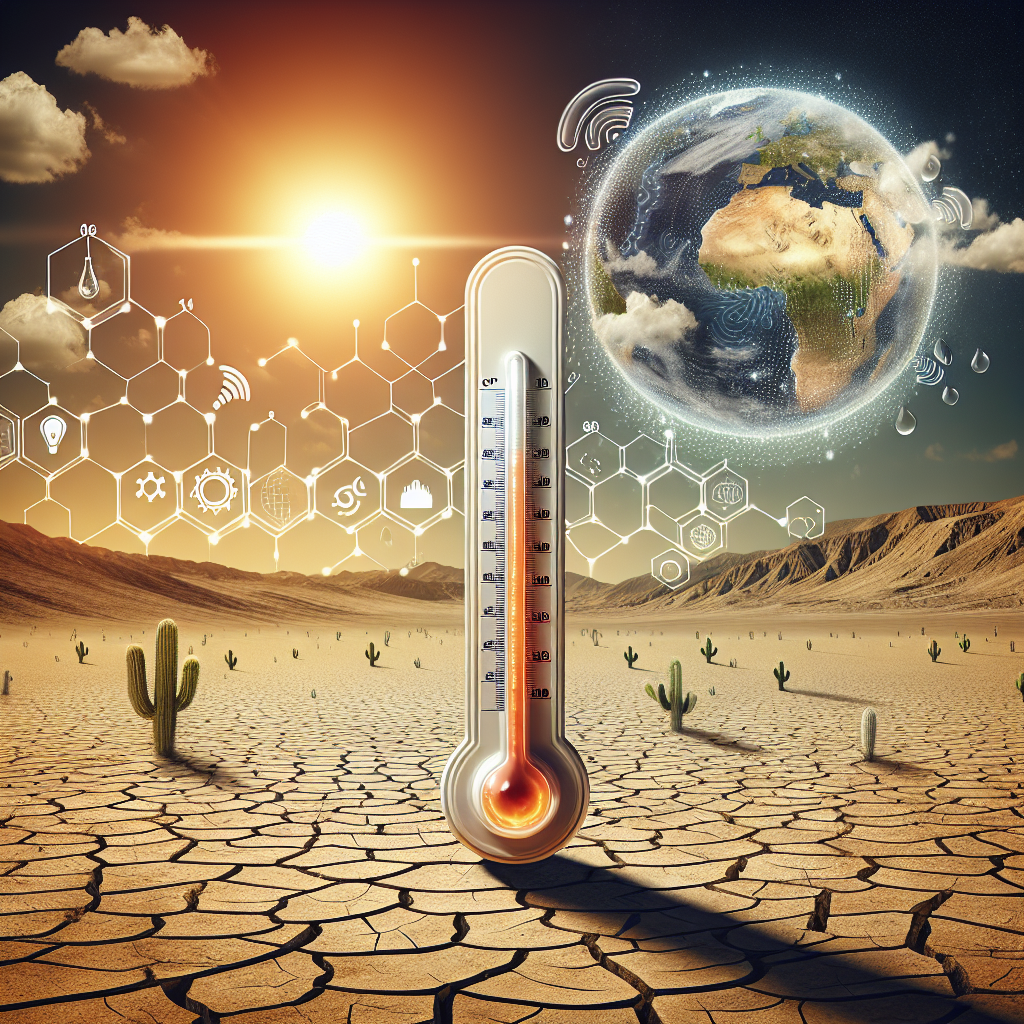Understanding Thunder Snow: The Mysterious Weather Phenomenon
What is Thunder Snow?
Thunder snow is a fascinating and rare weather phenomenon characterized by snowfall occurring in conjunction with thunder and lightning. Typically found in winter storms, it defies the common belief that thunder and lightning only occur in warmer storm systems. Thunder snow presents a spectacular display, often surprising meteorologists and capturing the attention of weather enthusiasts.
The Science Behind Thunder Snow
To understand thunder snow, one must first recognize the conditions necessary for thunder and lightning to occur. Thunder results from the rapid expansion of air surrounding a lightning bolt, creating a shockwave that produces the sound we hear as thunder. For thunder to occur, significant temperature differences and atmospheric instability must be present.
In the context of winter storms, the phenomenon unfolds when warm, moist air rises into cold air masses. This interaction can create tall clouds, known as cumulonimbus clouds, which are the same that produce thunderstorms in warmer weather. As the warm air rises, it cools and condenses, forming snowflakes. If the conditions are right, static electricity builds within these clouds, resulting in a lightning discharge, thus creating thunder snow.
Key Conditions for Thunder Snow Formation
Moisture Availability: High humidity is essential for the formation of clouds. In winter months, this usually comes from warm air masses lifting over cold fronts, generating the moisture needed.
Temperature Gradient: A sharp temperature contrast between warm and cold air is crucial. Thunder snow often occurs when a warm front meets a cold front, leading to instability in the atmosphere.
Vertical Updrafts: Strong updrafts allow the moist air to rise rapidly, encouraging cloud formation and storm development. These updrafts can be significant enough to produce the towering cumulonimbus clouds required for thunder.
Chilling Factors: Cold air at the surface contributes to the snow falling rather than rain. If the atmosphere is sufficiently unstable, lightning can develop, leading to thunder snow.
Typical Locations and Frequency
Thunder snow is most commonly reported in regions that experience heavy winter storms, particularly in the northeastern United States and parts of the Midwest. The phenomenon is generally associated with coastal nor’easters, which can bring prolonged periods of heavy snow accompanied by thunder and lightning. Though it can occur globally, it remains relatively uncommon, making it a unique weather event worth observing.
During the winter months, meteorological studies indicate that thunderstorms can occur with a frequency of about one in every 20 snowstorms. The rarity of thunder snow highlights its complexity, requiring a unique blend of atmospheric conditions.
Recent Notable Thunder Snow Events
Several notable instances of thunder snow have captured the public’s fascination. One such event occurred in February 2013 during a massive nor’easter that affected the northeastern United States. This storm generated significant snowfall, with reports of thunder and lightning frequenting parts of Massachusetts, Rhode Island, and Connecticut.
In January 2022, similar storms resulted in varying accumulations of snow mixed with thunder across northern New England. Observations of thunder snow enhanced the warning and advisory systems, helping residents prepare for these unusual conditions.
Safety Precautions During Thunder Snow
When thunder snow occurs, it is essential to take safety precautions. The combination of heavy snow and lightning can create hazardous conditions. Here are a few tips:
Stay Indoors: Avoid going outside during thunderstorms, especially in winter storms, to decrease the risk of being struck by lightning or caught in hazardous conditions.
Monitor Weather Updates: Follow local meteorological updates and warnings. Meteorologists provide valuable information on the storm’s progression and associated risks.
Prepare for Power Outages: Thunder storms can lead to power outages. It’s wise to have emergency supplies ready, including food, water, flashlights, and batteries.
Travel Cautiously: If travel is necessary, be mindful of road conditions. Snow-covered roads can be treacherous, and reduced visibility during a thunder snow event increases the likelihood of accidents.
The Mystique of Thunder Snow
The captivating nature of thunder snow has inspired various myths and folklore throughout history. Many cultures have their interpretations of the phenomenon, often attributing mystical attributes to the simultaneous occurrence of thunder and snow. This weather event’s rarity adds to its intrigue within the scientific community and the general public alike.
In photography and meteorological studies, thunder snow presents an opportunity for unique imagery and data collection. Time-lapse photography can illustrate how the interaction of lightning and snowflakes creates an ethereal landscape, providing researchers with valuable visual documentation of atmospheric dynamics.
The Future of Thunder Snow Research
As climate change continues to impact weather patterns, researchers are focusing on understanding how these shifts may influence the frequency and intensity of thunder snow events. Utilizing advanced meteorological models and satellite imagery, scientists aim to predict and document thunder snow occurrences better. Enhanced understanding may lead to improvements in weather prediction systems used by meteorologists, allowing communities to prepare more effectively for unexpected snowstorms.
The evolution of our comprehension of thunder snow continues; as technology advances, so does our capability to study weather phenomena and their potential impacts. By integrating observational data with evolving models, meteorologists strive to reduce the surprises of thunder snow, ultimately enhancing safety and awareness in affected regions.
Conclusion
Thunder snow, with its enchanting display and complex mechanisms, fascinates and educates those who encounter it. As climate patterns evolve, the need for continued research into phenomena like thunder snow remains vital. By fostering understanding, communities can appreciate this extraordinary winter event while remaining prepared for its unpredictable nature.

